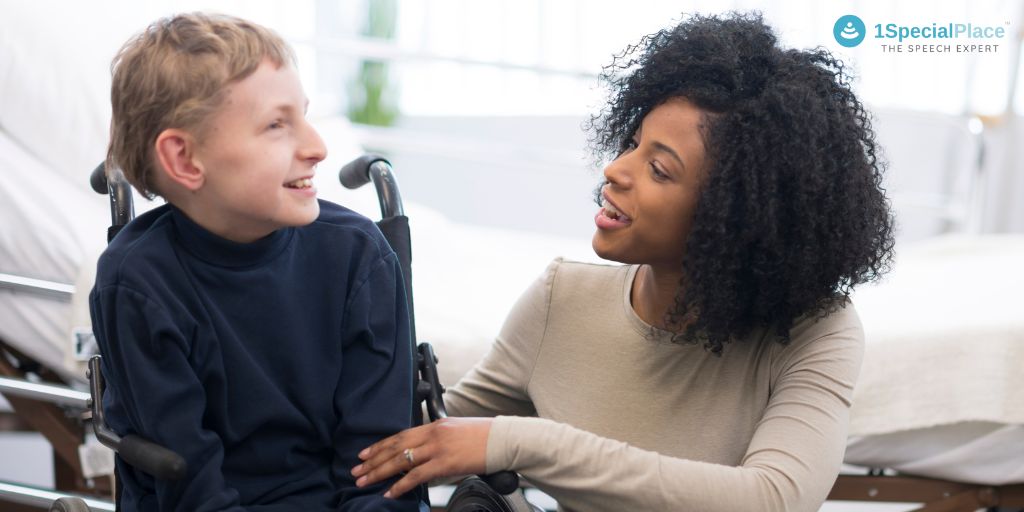
Tips and Techniques to reduce drooling in children with CP
Tips and Techniques to reduce drooling in children with CP
What is Cerebral Palsy (CP)?
Reduce drooling in children, Cerebral palsy (CP) is a group of disorders that affect a person’s ability to move and maintain balance and posture. CP is the most common motor disability in childhood. Cerebral means something in line with the brain. Palsy means weakness or problems with using the muscles. CP is caused by abnormal brain development or damage to the developing brain that affects a child’s ability to control his or her muscles.
Signs & Symptoms
The symptoms of CP vary from person to person. A child with severe CP might need to use special equipment to be able to walk, or might not be able to walk at all and might need lifelong care. A child with mild CP, on the other hand, might walk a little awkwardly, but might not need any special help. CP does not get worse over time, though the exact symptoms can change over a person’s lifetime.
All people with CP have problems with movement and posture. They also have related conditions such as intellectual disability, seizures, problems with vision, hearing, or speech, changes in the spine, or joint problems (such as contractures). Treatment for children with CP needs to be under a team that involves a pediatrician, dietitian, speech therapist, physiotherapist, special educator, etc to cater to their differences.
Drooling in Children with CP
One of the major problems faced by children with CP is drooling. Drooling occurs when saliva flows outside the mouth, defined as “saliva beyond the margin of the lip”. In a normal case, a person can feel the excessive production and can swallow the saliva. But children with CP exhibit sensory dysfunction which in turn make it difficult to recognize drooling. Adding on this their anatomic or motor dysfunction of swallowing may also impede the ability to manage increased secretion. Reduce drooling in children
It is always appropriate to consider getting professional advice before you try self-treatment at home. Never the less following are some tips you can follow as parents/ caregivers of children with drooling.
Tips & Techniques to reduce Drooling:
Positioning
- Prior to the implementation of any therapy, it is essential to look at the position of the patient. When seated, a person should be fully supported and comfortable. Good posture with proper trunk and head control provides the basis for improving oral control of drooling and swallowing.
- A good posture is the one in which your weight is evenly distributed with no muscle overworking and which enables you to do the task you want with the least fatigue. The classic upright sitting posture with hips and knees at a right angle, feet flat, and trunk more or less vertical.
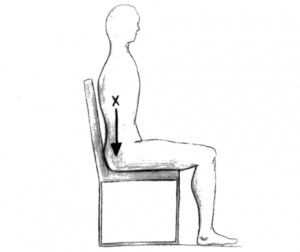 Positional adjustments will have to be made depending on the child’s postural differences. Kindly consult your child’s physiotherapist for a placement/posture most suitable for your child
Positional adjustments will have to be made depending on the child’s postural differences. Kindly consult your child’s physiotherapist for a placement/posture most suitable for your child
Eating and drinking skills
- Poor eating skills can exacerbate drooling.
- Special attention and developing better techniques in lip closure, tongue movement, and swallowing may lead to improvements to some extent.
- Acidic fruits and alcohol stimulate further saliva production, so avoiding them will help to control drooling.
Oral facial facilitation
- This will help to improve oral motor control, sensory awareness, and frequency of swallowing. This is usually done by speech therapists but at home, you can take up the following simple techniques:
Icing
- This increases oral stimulation and awareness. Using popsicles, ice, etc. move over the lips from the middle outward and then ask the child to smile. If they are sensitive to ice try wrapping ice in a towel and place it in and around the cheek muscles in a clockwise and anti-clockwise direction. This helps in improved sensation, and tone which in turn reduces drooling to an extent.
Brushing
You can use a finger brush or a brush with soft bristles to stimulate the sensations of your buccal /cheek muscles It is better to undertake before meals.
Vibration
- Battery-operated vibrators can be used to stimulate the muscles of the cheeks and lips. Vibrators come in all shapes but you should use one with a small head. A battery-operated toothbrush (its back head) can be used as an alternative. Reduce drooling in children
Manipulation
- Close your child’s upper and lower lip and stimulate the area around the lips by tapping, stroking, patting, firm pressure directly to muscles using fingertips. This will help to improve oral awareness and in turn, will be able to voluntarily control drooling to an extent.
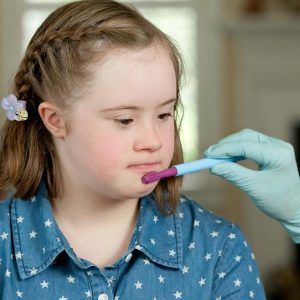
Oral motor sensory exercise –
- Playing the kissing game – To make it interesting put lipstick on the lips and leave a kiss on a mirror, tissue, or hand.
- Whistle – Blowing musical instruments like a mouth organ or whistle.
- Hold it tight – Holding paper or a spatula between the lips for increasing lengths of time.
- Straw Drinking – Sucking liquid up straws of various thickness, starting with a short straw. You can use a thick milkshake instead to make the task difficult at the same time this will be a better option for kids at risk of aspiration.
- Blowing Games – Tempt the child to blow out their cheeks and push the air from one side to another. Make it more fun by making them blow out candles and bubbles.
- Playing games that require sucking air up a straw. This activity has the objective of picking up a pea or small pieces of paper, ensuring that the peas are larger than the straw! Counting the number of peas transferred can be a fun activity.
- Have your child hold a tongue depressor between their lips (without using their teeth) during times when they are concentrating on something, like drawing or storytime.
- Add sour and spicy foods like lemonade or salsa and cold foods such as frozen fruit or popsicles to the child’s diet to “wake up” the mouth.
- Apply flavored lip balm (containing only edible ingredients) to increase awareness.
- Rub a variety of textured cloths around the child’s mouth.
** The above techniques help your child to increase oral sensory awareness.
Earlier the intervention better the prognosis or chances of improvement i.e any rehabilitation including speech therapy should start in the early years. The primary goals will be to improve jaw stability and closure, to increase tongue mobility, strength, and positioning, etc. Reduce drooling in children
If you wish to know more about Speech Therapy, kindly contact us at info@1specialplace.com
For more ideas check out our other blogs
- Speech and Hearing Rehabilitation for Children with Cochlear Implant - September 4, 2021
- Stuttering Recovery and Relapse in Children: Parental Guide - August 12, 2021
- Myths About Stuttering : Explained - April 18, 2021

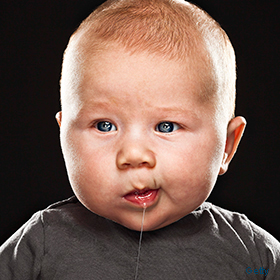
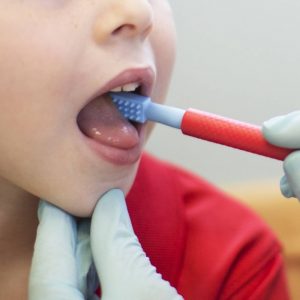
Leave a Comment
(0 Comments)